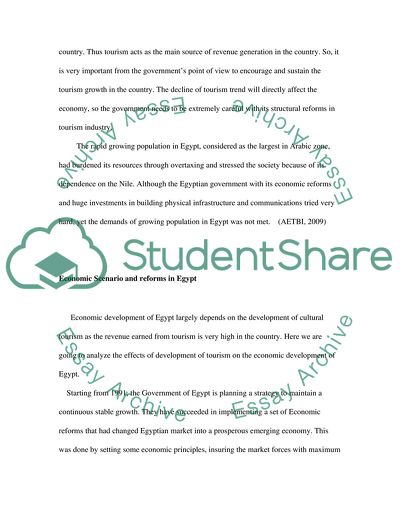Cite this document
(Economic Aspects Of The Egypt Cultural Tourism Case Study, n.d.)
Economic Aspects Of The Egypt Cultural Tourism Case Study. Retrieved from https://studentshare.org/macro-microeconomics/1730837-developing-economies-report
Economic Aspects Of The Egypt Cultural Tourism Case Study. Retrieved from https://studentshare.org/macro-microeconomics/1730837-developing-economies-report
(Economic Aspects Of The Egypt Cultural Tourism Case Study)
Economic Aspects Of The Egypt Cultural Tourism Case Study. https://studentshare.org/macro-microeconomics/1730837-developing-economies-report.
Economic Aspects Of The Egypt Cultural Tourism Case Study. https://studentshare.org/macro-microeconomics/1730837-developing-economies-report.
“Economic Aspects Of The Egypt Cultural Tourism Case Study”, n.d. https://studentshare.org/macro-microeconomics/1730837-developing-economies-report.


